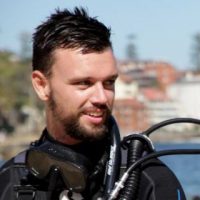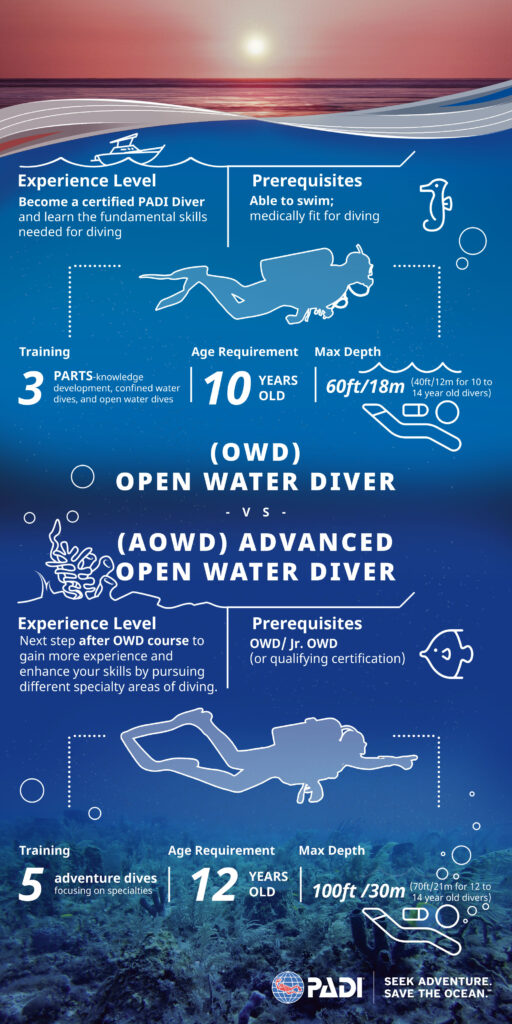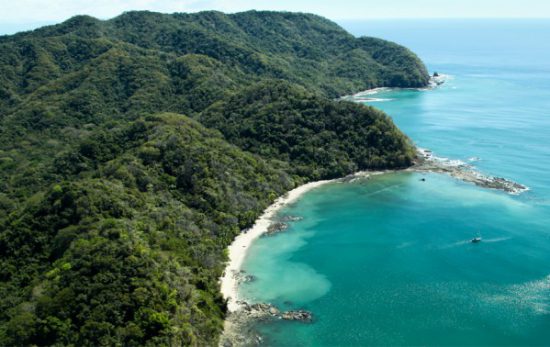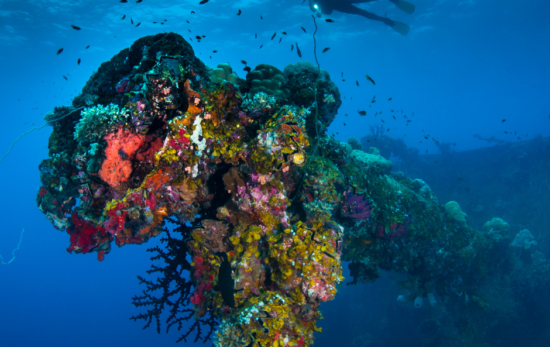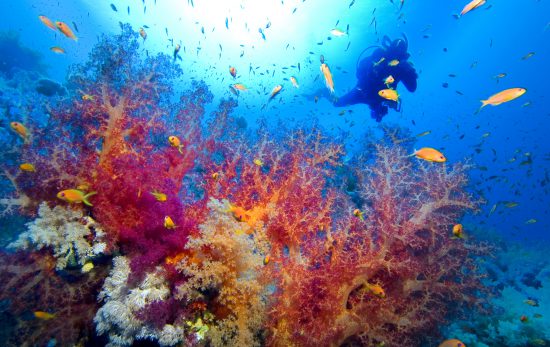You may have heard your instructor or dive shop mention the PADI Advanced Open Water Diver (AOWD) course. You may have even thought about enrolling in the course. But are you still wondering how the AOWD course differs from the PADI Open Water Diver (OWD) course, and what new things you will learn and experience? If so, keep reading to find out the key differences between being an Open Water Diver and Advanced Open Water Diver.
Open Water Diver: Learning to Dive
Let’s dive into the PADI Open Water Diver course by answering some of the most frequently asked questions below.
What Happens in the Course?
You will learn the fundamental skills needed for scuba diving. During the course, you read the student manual or complete the eLearning course, watch informative videos, take quizzes, and demonstrate mastery of basic scuba diving skills during practice sessions in confined water before moving on to open water dives.
Parts of the Course:
The PADI Open Water Diver course consists of three main portions: Knowledge Development, Confined Water Dives, and Open Water Dives. You can complete your knowledge development either online with PADI eLearning (desktop, mobile, or tablet) or with a physical manual followed by classroom sessions. PADI eLearning is a great way to study at home and at your own pace – it also means less time in the classroom on your holiday! Once you’ve completed the knowledge development, you can move onto your confined and open water dives under the direct supervision and guidance of a PADI Professional.
Why Take the Course?
The underwater world undeniably holds some of life’s most incredible experiences. We’ve listed 10 reasons to become a scuba diver, but essentially the Open Water Diver course teaches you to become a fully certified diver. After completing the course, you will be able to dive down to 18 meters (60 feet) and hold a certification that’s recognized worldwide. You will be able to dive with another certified diver, and you won’t need to be accompanied by a professional.
The PADI Open Water Diver certification is a life-long certification, so you won’t ever need to take the course again – although, if you have a period of inactivity, it’s recommended that you take a scuba skills refresher (the PADI Reactivate program).
Advanced Open Water Diver: Go on Scuba Diving Adventures
Once you have your PADI Open Water Diver certification, the next step on the ladder is to complete the PADI Advanced Open Water Diver certification. Read on to learn more.
What Happens in the Course?
During the Advanced Open Water Diver course, you will complete five different Adventure Dives. An Adventure Dive concentrates on a particular activity or skill within the realm of scuba – it is also the first dive of one of the PADI Specialty courses.
While you’re doing your Advanced Open Water dives, you’ll be accompanied by a PADI Instructor. They are there to answer questions and help you fine-tune your technique and learn new skills.
The dives in the Advanced Open Water course are very different from those in the Open Water Diver course. The Adventure Dives are similar to a regular dive, except you focus on a particular diving specialty. For example, the Deep Adventure Dive, which is one of the required Adventure Dives, involves diving deeper than the Open Water Diver depth limits, between 18-30 meters (60-100 feet). During the Underwater Navigation Adventure Dive, which is the other required Adventure Dive, you practice navigation and compass skills on land first and then underwater while diving.
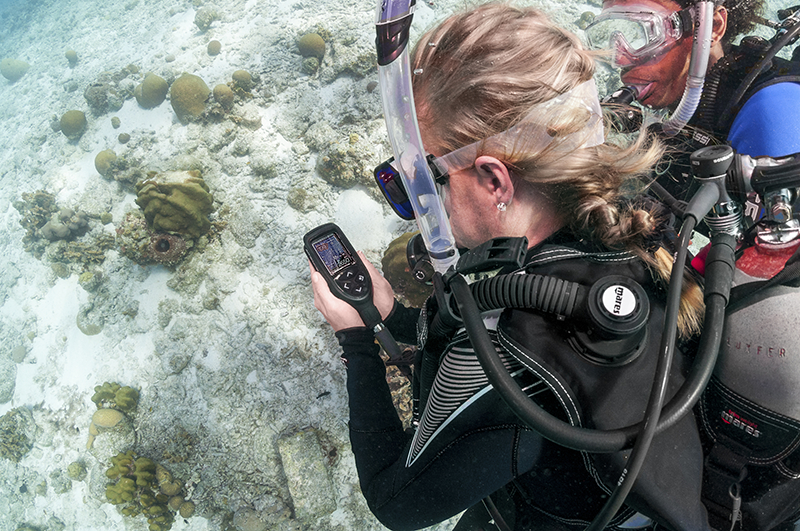
Parts of the Course:
During the PADI Advanced Open Water Diver course, students have very little classroom time and no written exams. Instead, the focus is on honing your practical scuba skills.
Of the five training dives you complete, the Deep Adventure Dive and Underwater Navigation Adventure Dive are both mandatory. But, for the other three dives, you get to choose what interests you the most, and there are 25 PADI Adventure Dives to choose from.
Why Take the Course?
You’ll develop your skills and confidence, and gain more experience diving while under the supervision of an Instructor. This is an opportunity to try a sampling of different specialties to see what interests you the most, and there’s something for everyone – from conservationists to kids. Some popular choices include:
- Digital Underwater Photography: Learn how to capture and edit amazing photos and videos of your favorite bucket-list subjects
- Night: Open up different experiences after dark, such as night diving with mantas or seeing coral reefs in a whole new light
- Wreck: Connect with history while diving wartime shipwrecks and planes, and experience the flora and fauna of artificial reefs
- Drift: Get comfortable diving in currents and open up a plethora of new dive sites to explore
- Enriched Air Nitrox: If you are interested in diving science and theory, or if you want to increase your bottom time, then Enriched Air Nitrox should be added to your list!
- Peak Performance Buoyancy: If you find that you are still going up and down more than you would like, this is a great dive to hone your buoyancy and correct your weighting.
- Search & Recovery: Learn underwater search patterns and how to rig and lift an object safely from the ocean floor.
- Fish Identification: Learning more about marine life makes your dives so much more fun!
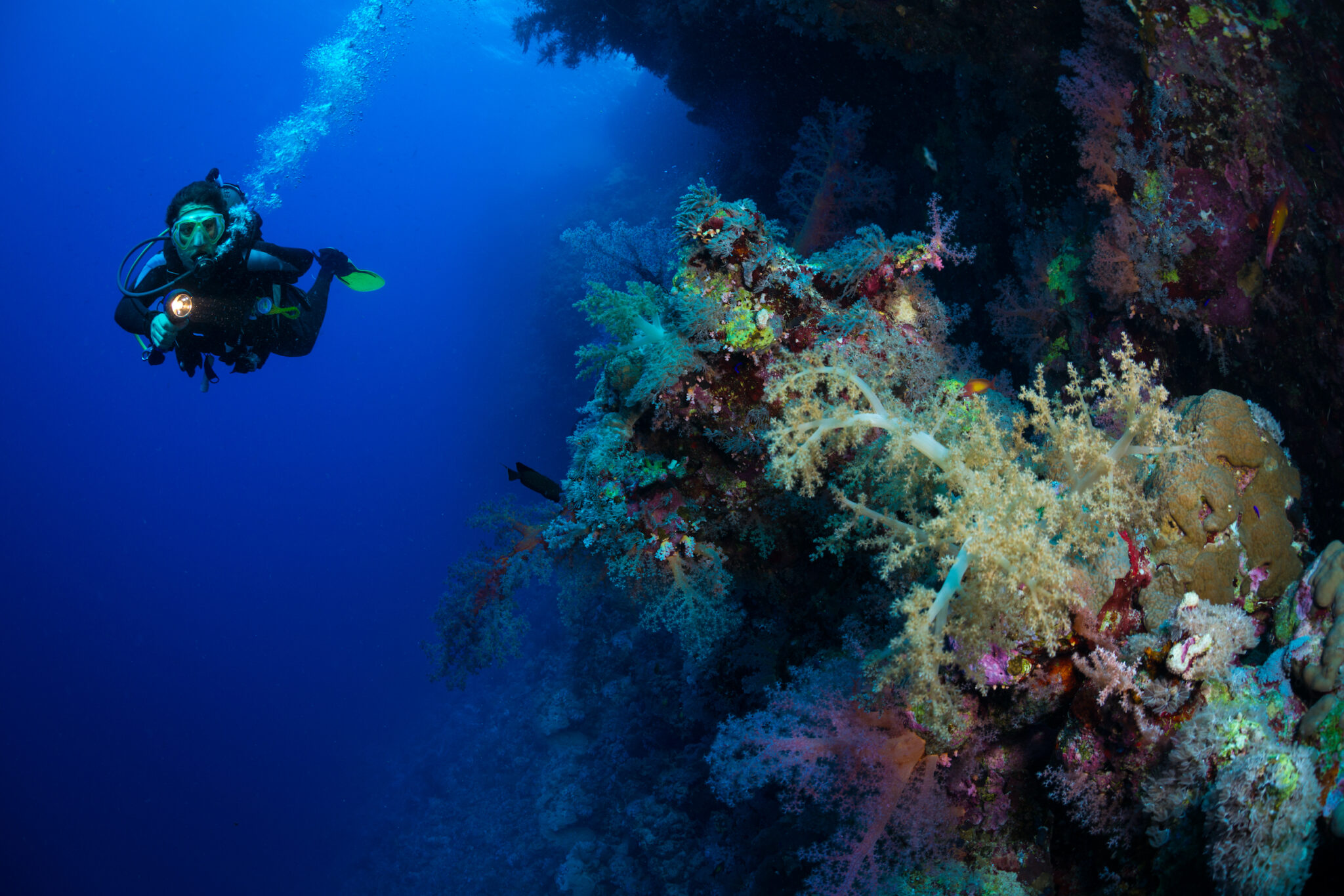
Need more ideas for Advanced Open Water specialties? Read our tips on choosing your first PADI Specialty and take our quiz to find your perfect match.
Open Water Diver vs. Advanced Open Water Diver
In summary, the Open Water Diver certification is an entry into the world of scuba; it teaches you the essential knowledge and practical skills to become a diver and start exploring the underwater world.
You don’t need to be an advanced diver or have advanced skills to take the Advanced Open Water Diver course. The idea is that you advance your skills during the course, under the guidance of your Instructor. In fact, some divers take the Advanced Open Water Diver course immediately after completing their Open Water Diver course.
The Advanced Open Water Diver course is a great way to continue your scuba journey; you’ll discover new interests and develop your abilities to get even more out of your time beneath the surface. Once you have completed your Advanced Open Water Diver course, a multitude of new dive sites will be available to you!
Choose Your Scuba Adventure
Now that you know the difference between Open Water Diver and Advanced Open Water Diver, are you ready to start learning or advancing your diving skills? Visit PADI eLearning today to start your PADI Open Water Diver or Advanced Open Water Diver course.
Alternatively, if you would like to take your course on your next scuba diving vacation, book a scuba diving trip with PADI Travel. A world of underwater adventures awaits you!
